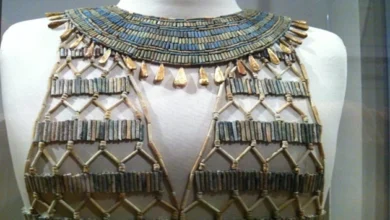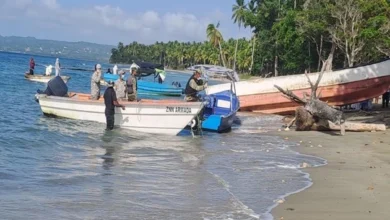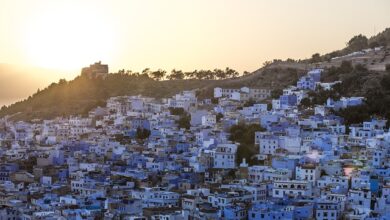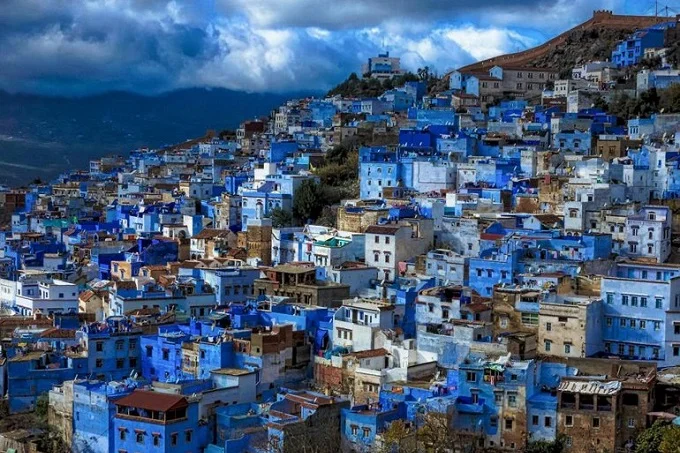Morocco’s 2.1 billion first high-speed train in Africa (not everyone is happy)
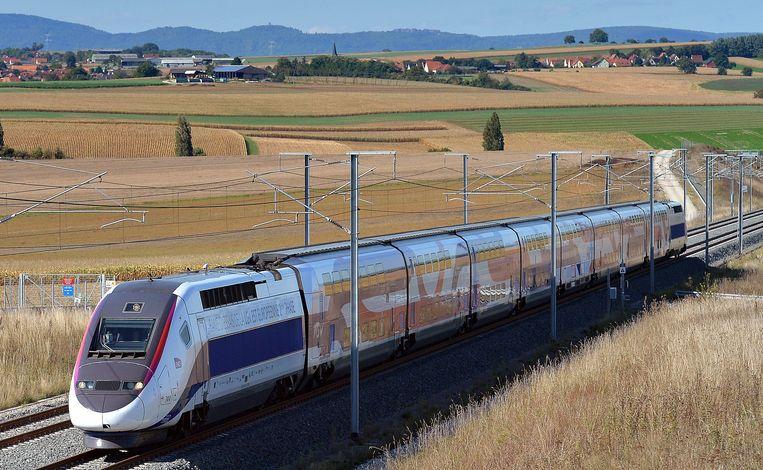
From the end of this month, travellers between Tangier and Casablanca can use a high-speed train. This is the first of its kind in Africa. The Moroccan king Mohamed VI and French president Macron proudly celebrated the prestige project Thursday. But the voices in the North African country are divided.
Two o’clock. At that time, you will soon bridge the more than 330 kilometres that separate the northernmost Tangier. And the popular seaside resort of Casablanca. That is less than half of the time it takes you today with a normal train.
With the first high-speed train on African soil, King Mohamed VI hopes to rekindle the declining tourism figures. The king has been investing intensively for several years in the modernization of his North African kingdom. Certainly, the less attractive cities – such as Tangier – are undergoing a well-deserved transformation.
There is of course a considerable price tag attached. The fast train connection between Tangier and Casablanca alone costs the government 2.1 billion euros. However, they are supported by allies Saudi Arabia, Kuwait, the United Arab Emirates and France, who in turn is also the builder of the TGV/LGV. French President Emmanuel Macron was also the guest of honour at the inauguration of the train earlier this week.
Yet there is also some criticism of the prestige project and its cost price. Zouhair Ait Benhamou, an economic analyst at the French Finance Business School, sees it bleak. “The reason that the TGV system works so well is because the French government is heavily subsidizing it,” he told CNN. “If after a few years the number of passengers is still lower than expected. The Moroccan government will also have no choice but to go deep into the pouch itself.”
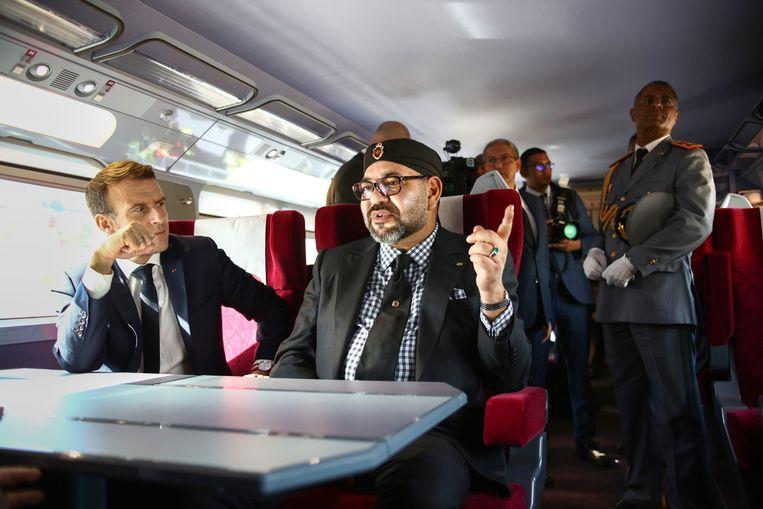
Social prices
However, according to King Mohamed VI it will not come that far. According to him, there will be about six million passengers a year on the controversial line within three years. That is double the 3 million people who already take the train every year on the Tangier-Rabat-Casablanca route.
It will be able to live up to these optimistic figures by creating more economic activities along the railway line. Peugeot is already thinking aloud to build a factory in Kenitra (a city about halfway between Tangier and Rabat). The advantages that the fast connection would bring, the car manufacturer could pull over the line according to the king.
According to ONCF, the Moroccan train organization, this line is a logical step. “The capacity of this train connection is too small for the big demand. So, we have to expand anyway”, says director Mohamed Rabie Khlie. The prices for a ride at high speed would also be social. “We do not want to make a tourist train. The device is meant for the Moroccans. We will therefore adjust prices to Moroccan purchasing power.”
Expansion plans
Omar Balafraj does not have a good eye. The Moroccan socialist MP was one of the driving forces behind the ‘Stop TGV’ action. He wanted to stop the project and invest the money elsewhere. “Morocco is a poor country and the main priority should be education,” he says unequivocally. Now that the infrastructure has been built and the first passengers are boarding within a few weeks, it seems very unlikely that he will be able to get the project off the rails.
Should this first line be a success, ONCF already has plans for expansion. They also want to link the North Moroccan interior to the network.


